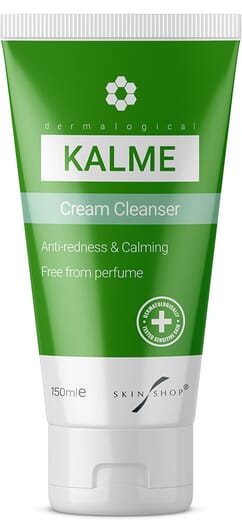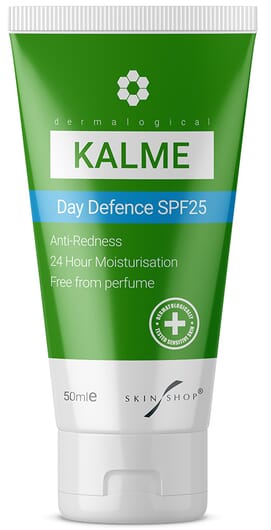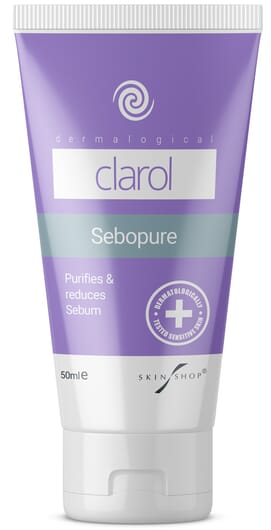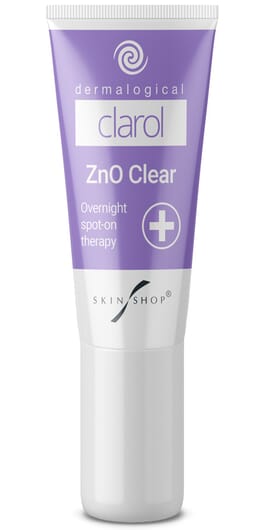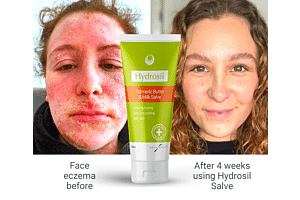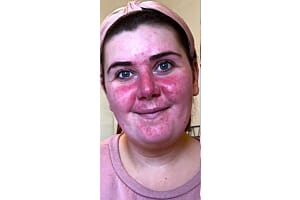A red bumpy nose can often be glaringly apparent at Christmas time, due to the colder dry weather outside, warm stuffy crowded rooms inside and increased alcohol and rich food.
A red nose with bumps is a condition called rhinophyma and it’s often mistaken at times of festivities like Christmas as a sign of the sufferer drinking too much alcohol.
In fact, rhinophyma is a result of untreated or later stage rosacea, an underlying hereditary skin condition that causes the blood vessels under the skin’s surface to dilate and be hypersensitive causing the surface of the skin to become red and swollen.
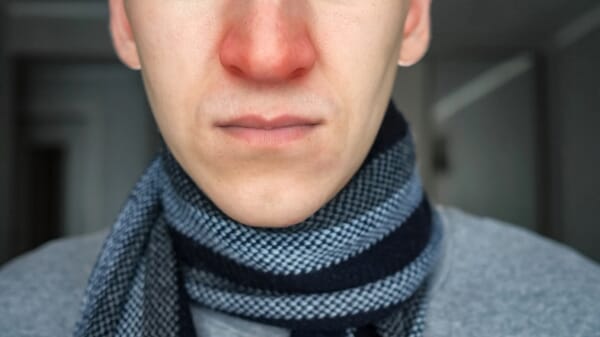
Here’s 4 causes of a red bumpy nose;
Male
Rhinophyma is more common in men than women, especially after the age of forty.
Fair Complexion
Rhinophyma us more common in people with fair complexions, especially if you have red or fair hair. The condition is most common in people with Irish, Scottish, Eastern European or Scandinavian heritage.
Frequent Blushing
If you were always an easy blusher as a child and young person then you are more likely to go on to develop Rhinophyma when you are older.
Irritated Eyes
An often burning or gritty feeling in your eyes and frequent blepharitis, an inflammation or your eyelid, are both symptoms that commonly appear along with Rhinophyma.
These are the most common symptoms of Rhinophyma;
Thickening of the outer layers of skin on the nose
A swollen, bulbous shape to the nose

Enlarged skin pores on the nose
Greasy skin on the nose
Bumps and pimples, often mistaken for acne on the nose and cheeks
Red skin tone on the nose and on the cheeks
Very sensitive and reactive skin
Symptoms that occur in cycles
Treatment of rhinophyma
Antibiotics
Topical and oral antibiotics are often prescribe to reduce inflammation and redness.
However, these can only be taken for limited periods and as Rhinophyma is a chronic skin condition treatment of the condition with antibiotics is not long term and often ends up in cycles of recurrent flares of the symptoms when the antibiotics end.

Preventative Skin Care for Rhinophyma
The earlier that Rhinophyma is caught and treated the better the outcome for managing and reducing Rhinophyma symptoms.
Non-medicated skincare to reduce inflammation and redness as well as tighten open pores and purify sebum production can significantly help to reduce symptoms.
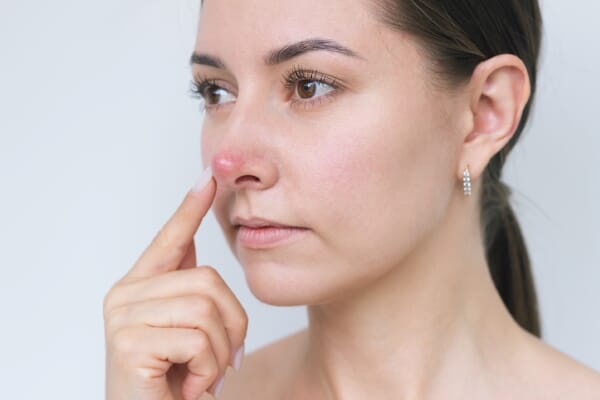
Physical Sunblock - Sun is one of the main triggers for Rhinophyma flares, so wearing a sun block on your nose every day is crucial for preventing the progression of the condition. Mineral sun blocks as better than chemical filters as they are less reactive on the skin so excellent for very sensitive skin and they also provide a physical barrier to UV rather than just a filter. Zinc Oxide in particular is the best mineral SPF for very sensitive and reactive skin.
Try Kalme Day Defence SPF25, which contains a pure zinc mineral block plus anti-redness and de-sensitising ingredients for rosacea-prone skin.
Cleansing – Daily cleansing out of the pores is important for preventing the progression of Rhinophyma. Cleansing of Rhinophyma should not done with water and be gentle and help to reduce pore gaping.
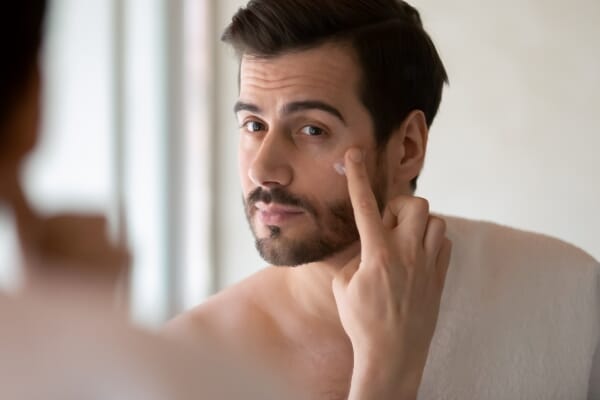
Try a double cleansing routine on the nose and cheek area using Kalme Water-Free Cream Cleanser on the first cleanse followed by Clarol Birch Water Pore-Minimising Toner on the second Cleanser.
Sebum Purifying – Rhinophyma often produces more sebum leaving the nose looking and feeling greasy. Its important not to be tempted to use sebum drying or blocking skin care as this can be harsh on sensitive skin and also the skin needs the sebum to keep it more robust and moisturiser as frequent flares of Rhinophyma can damage skin barrier function on the nose meaning that moisture escapes more easily and external bacteria enters more easily too.
Try Clarol Sebopure after cleansing which contains a sebum purifying ingredient which helps prevent contamination of the excess sebum as it passes out through the skin pore, therefore helping to prevent it pooled in the skin pores and causing blockages, inflammation and pimples.
Spot-On Overnight Treatment - Skin cell production increases at night which means spots form more quickly at night so overnight targeted spot treatments on emerging spots or areas prone to spots ca help control symptoms.
Try Clarol ZnO Clear dabbed on emerging pimples on the nose and cheek area after cleansing at night. It contains pure zinc oxide which has an anti-inflammatory action on emerging spots and can bring down inflammation and redness overnight.
Anti-Inflammatory Eye Cream – If you also have the tale tell red and inflamed eyelids that often accompanies Rhinophyma, then an anti-inflammatory eye cream can help reduce redness and irritation. Steroid creams are not advised for use around the eye area.

Try Hydrosil Dry Eye Gel, which contains a phytosterol, which is a plant equivalent of a steroid and is safe to use around the eyes whenever needed. It helps bring down irritated, itching and redness on the eyelids.




